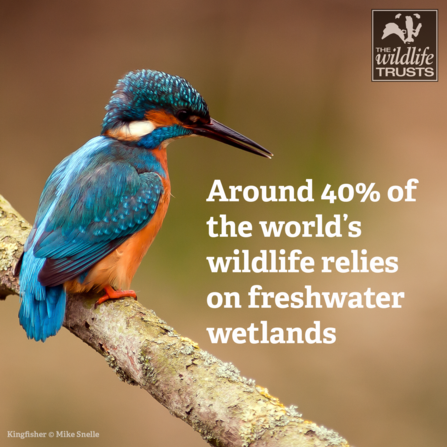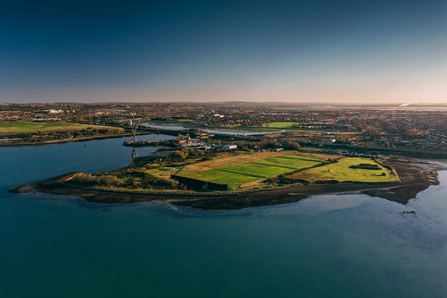Wetland habitats take many forms, from upland peat bogs through to valley mires, floodplain meadows and vast reedbeds. Whether fed by rain or groundwater, these wet habitats all need a water supply to create the conditions that keep their soils, vegetation and resident species happy and healthy. Our two counties have many important wetland habitats including rare chalk streams. Many of our nature reserves reflect this, being wetland sites which are home to a diverse range of wildlife, including Blashford Lakes Nature Reserves, Fishlake Meadows Nature Reserve, Pewit Island Nature Reserve and Newchurch Moors Nature Reserve.
In the UK we have lost a startling 90% of our former wetlands, often by draining them to make way for agriculture, development, forestry and other land uses.



